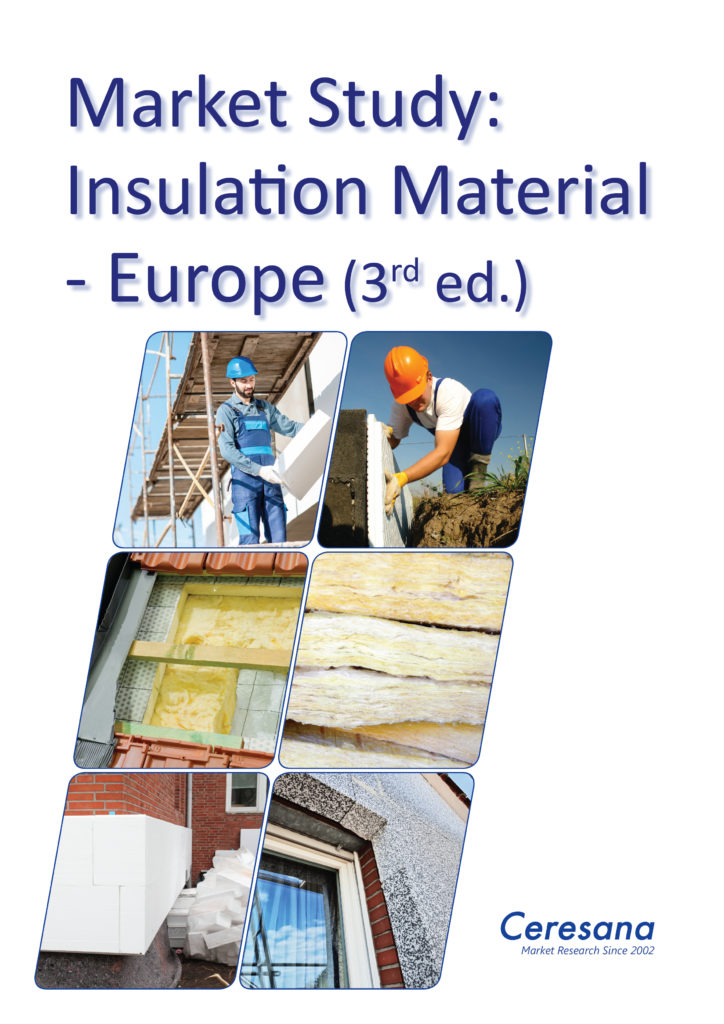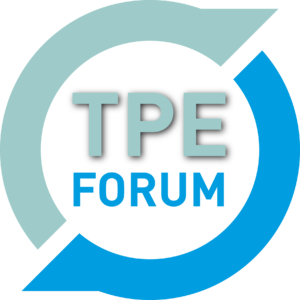The new “Market Study: Insulation Material – Europe” from market research company Ceresana offers an overview of the European Market for insulation material, including forecasts until 2026. Data on revenues, volume of production and demand as well as on the five individual categories of insulation material – mineral wool (glass and stone wool), polystyrene-based insulation material (EPS and XPS) as well as polyurethane (PUR/PIR) – are given. The market development of 18 countries is analysed individually. Figures are given on demand and revenues as well as products and trade of the five insulation material categories.

This is the third time that Ceresana has conducted an objective and numerical study of the European market for insulation materials used in the construction industry. EPS, XPS, PU and PIR, glass wool, and stone wool are used for thermal and sound insulation in particular. “For producers and dealers, insulation materials are definitely very promising,” said Oliver Kutsch, CEO of the market research company Ceresana. “In Europe alone, market volume amounted to about 232 million cubic meters in 2018.”
According to Ceresana, the respective development of the construction industry, especially building construction, as well as national regulations and subsidy programmes for energy efficiency, can lead to different market dynamics in different countries. The current study therefore examines the specific circumstances and factors in the individual country profiles. Further, specific demand for insulation material also depends on the economic situation of a country, i.e. factors such as unemployment rate of available income, and demographic development. For the demand for insulation material, it is also important how fast and extensive each government turns EU-guidelines into national low – and whether or not the population also cares about better energy efficiency. Furthermore, the utilised types of insulation materials can vary a lot regionally. Insulation materials made of renewable raw materials such as flax, hemp or wood fibre, are not yet playing a major role, economically speaking.
XPS is an alternative to EPS, also known under the brand name Styrofoam. Among others, XPS offers high mechanical strength, pressure resistance, and humidity resistance. A disadvantage of XPS is the high consumption of primary energy in the production of rigid foam insulation panels. This also results in a comparatively high price. Price sensitivity on the side of demand inhibits the market dynamics of XPS insulation materials. The European production volume for XPS insulation material amounted to about 11.2 million cubic meters in 2018.
The study also provides profiles of the largest manufacturers of insulation material, arranged according to contact details, turnover, profit, product range, production sites, profile summary, product types, and application areas. Profiles of 53 producers are given, including BASF, BEWiSynbra, BMI, Saint-Gobain, Covestro, Kingspan, Knauf, Rockwool, and Sika.
